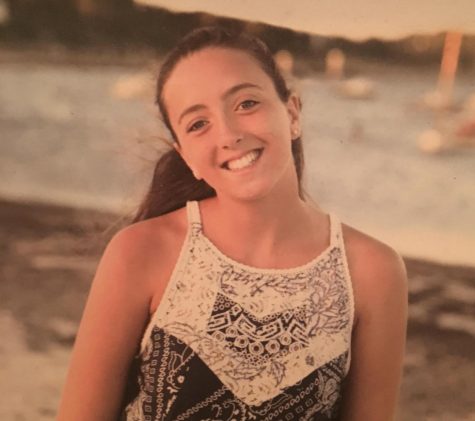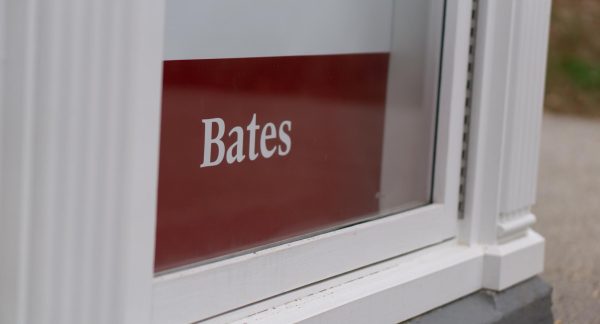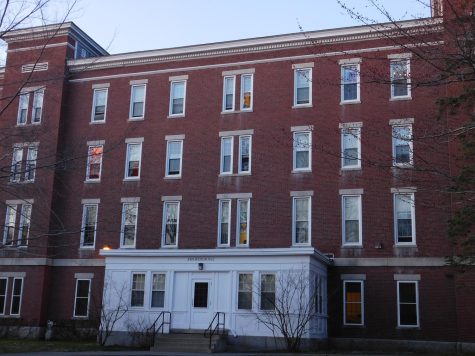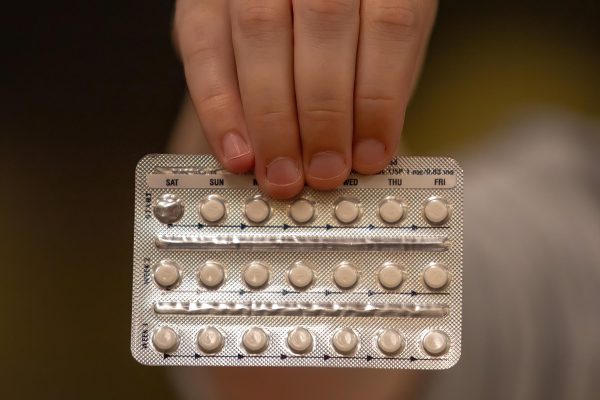Contact Tracing Confusion
I can’t believe it’s already February. For me, January felt like such a blur — getting adjusted to new classes, dealing with the freezing temperatures and, most of all, trying to follow Bates’ ambiguous contact tracing protocols.
After Vice President for Campus Life Josh McIntosh lifted some of the initial COVID-19 restrictions on Friday, Jan. 14 after the onboarding testing period, I was excited to spend some time with my friends during that first weekend. Unfortunately, over the course of the following days, three of my friends, including my roommate, tested positive for COVID-19, and I was suddenly contact traced, not just once, but by three different people.
Last year, I wouldn’t have even imagined that being triple contact traced would be a possibility, and yet, given the way that the Omicron variant spreads, this is the reality of the world we’re living in now. Because the vast majority of campus is fully vaccinated and boosted, the COVID-19 symptoms that most students are experiencing are difficult to distinguish from regular tiredness, common headaches, body aches after a tough workout and a slight sore throat from the cold weather. None of my friends felt sick in any noticeable way when I was with them, so we were all quite surprised when their test results came back positive.
As more and more people I knew started to test positive, I was stuck in limbo, waiting for what I thought was inevitable — that I, too, would soon test positive.
However, despite my three exposures, I have yet to test positive, and I’ve had no choice but to carry on with my normal schedule of going to classes, attending meetings, exercising and working in the library or Pettengill. It has felt a bit strange to maintain this business-as-usual approach, given how many exposures I’ve had and knowing that I was potentially a risk to others. The current policy for contact tracing doesn’t involve any significant restrictions, especially since Commons is grab-and-go for everyone right now. The only real change is wearing a mask more diligently and keeping it on outside.
The Testing Center’s emails informing me that I had been identified as a close contact specified that my extra masking expectations would be in place for 10 days; the emails also stated that I should monitor my symptoms and let Health Services know if I had any questions or concerns. My 10 days eventually turned into two weeks, and the whole time I kept expecting to test positive. The anticipation got to be really frustrating. As someone with some existing hypochondria, I was hyper aware of anything I thought might be a symptom. Trying to decipher whether my throat, for example, was actually sore or if I just needed to drink more water honestly consumed a lot of my energy, making it more challenging for me to focus on my classes and other priorities.
I ended up buying a bunch of at-home COVID-19 tests from CVS so that I could test myself on the days when Bates wasn’t testing us and get moved into isolation sooner rather than later. Many of my friends ultimately found out they were positive from these at-home tests, so considering my heightened risk for testing positive, I figured that at-home tests would help me get ahead of the process. However, it is still very unclear what we’re supposed to do if we test positive on a Saturday or Sunday when Health Services is closed, so I figured it wasn’t worth it to use the at-home tests on weekends.
As confusing and anxiety-producing as the current contact tracing protocols are, I’m not sure if there is a better alternative. We’re all tired of having to put our lives on hold for COVID-19, and vaccines have clearly lowered the risks involved in testing positive. As strange as it feels to carry on with classes and daily activities, it might not be feasible to miss class because of contact tracing, especially since many professors aren’t offering remote learning options anymore. The only alternative approach I can think of is, given how many cases there are on campus right now, maybe we all just have to consider ourselves contact traced — then the 10-day period of extra caution may not be entirely necessary after a certain point.
My contact tracing period is technically over now, and I’m still negative. Overall, this experience has really cemented for me how much I don’t understand COVID-19. Why some people have tested positive and others haven’t is still a mystery to me. As far as I know, I’ve never had COVID-19, so I shouldn’t have any sort of immunity, but I guess there is a small chance I did have it and didn’t realize. Or maybe I just jinxed myself by writing this article and I’ll test positive tomorrow. We’ll have to see what happens throughout the rest of the semester, but I’m hoping that I won’t be stuck in an endless cycle of being contact traced.

Sophie Mackin is a senior from New York City, majoring in Politics with a minor in History and a GEC in Latin American Studies. She's excited to work as...











